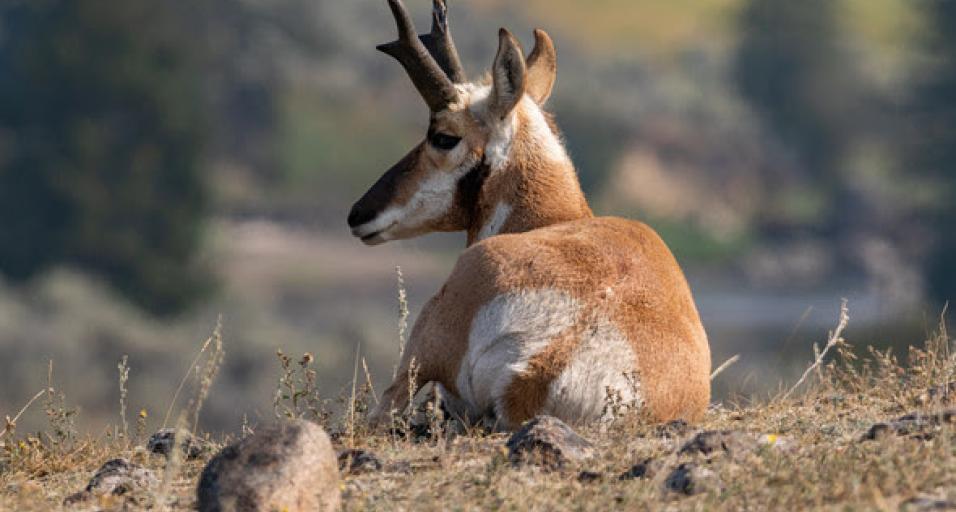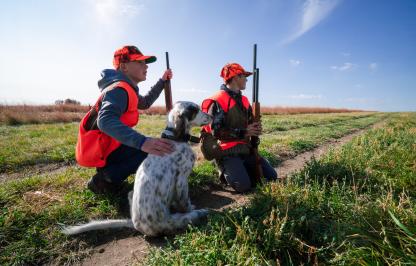The Wyoming Game and Fish Department is proposing to reduce antelope license quotas for the 2021 hunting season. In many hunt areas in the Lander Region, the proposals to cut the quota are due to impacts from the harsh winter conditions in 2018-19 and 2019-20 which was followed by persistent drought conditions in the Region through early March 2021.
“Across the Lander Region, from Rawlins to Shoshoni, Riverton and Lander, pronghorn numbers have declined, most herds are below objective and doe/fawn ratios are low - some as low as they have ever been. said Daryl Lutz, Lander Region wildlife coordinator. “Most of the cuts in license quotas are doe/fawn licenses. Throughout most of the Region, we were able to maintain the “any” antelope licenses because observed buck/doe ratios were appropriate to do so. Assuming we see good fawn production and survival over the next couple of years, we expect antelope numbers to stabilize and increase to the point where we can reinstitute or raise doe/fawn license quotas again.”
Fluctuations of the number of pronghorn licenses Game and Fish offers is not uncommon. This year, hunters in the Lander Region should expect to see that some doe/fawn license types have been eliminated out of areas entirely while some areas only have proposed reductions.
“With the reductions, hunters will need to study the proposals and make informed decisions on where to apply,” said Jennifer Doering, license section manager. “If you’ve already applied for an antelope license, make sure you check that the season dates and the quota once finalized at the end of April.”
Game and Fish regions across the state are undergoing similar cuts and wildlife managers remain hopeful that pronghorn can rebound quickly.
“Pronghorn population performance is tied to the availability of high-quality forage which includes seasonal use of grasses, forbs and shrubs,” said Doug Brimeyer, Game and Fish deputy chief of wildlife. “That forage availability is influenced by weather patterns which have been challenging for pronghorn the last two years.”
Brimeyer is optimistic that a conservative year of licenses will help pronghorn rebound, and quickly. The animal is incredibly resilient on a population scale and typically has high reproductive capacity. Nearly 98% of does have twins each year, and that could amount to population increases as high as 30% by 2022 if conditions on the ground are supportive.
“If conditions are favorable, we could expect to see fawn ratios bump up,” Brimeyer said. “That means we’re hoping for good spring and summer moisture to support leader growth on shrubs and native grasses.”
What does the reduction in pronghorn tags mean for Lander Region hunters?
3073322688



